What is a High-performance Cat M1 NB LTE 4G Flex PCB Antenna?
The High-performance Cat M1 NB LTE 4G Flex PCB Antenna CTRF-ANTENNA-FPC-7027-4410-IPEX antenna item is a flexible PCB antenna cellular IoT antenna manufactured by C&T RF Antennas Inc for 4G LTE Cat M1 NB1 GSM UMTS wireless network applications.
The High-performance Cat M1 NB LTE 4G Flex PCB Antenna has a 44x10mm flexible PCB board antenna 3-5 dBi gain IoT antenna for LTE Cat & LTE NB network applications.
The High-performance Cat M1 NB LTE 4G Flex PCB Antenna is supplied by C&T RF Antennas Inc, the IoT antenna & cellular antenna internal & external antenna manufacturer in China.
C&T RF Antennas Inc provides antenna types with Through-hole Mount Antennas, Magnetic Mount Antennas, Rubber Duck Antennas, Fiberglass Antennas, PCB Antennas, FPC Antennas, Spring Coil Antennas, Sector Antennas, Yagi antennas, etc.
C&T RF Antennas Inc provides the internal-external IoT & M2M antenna with many radio frequency bands such as Cellular, 6G, 5G, 4G, 3G, NB-IoT, GNSS, GPS, Dual-band Wifi, 5.8 GHz, 2.4 GHz, 169MHz, 230MHz, 315MHz, 433MHz, 868MHz, 915MHz LoRa, UWB, RFID, ADS-B, etc.
C&T RF Antennas Inc provides single-band, dual-band, and multi-band antennas such as 3in1 combination antennas 4G/GPS/Wifi antennas, 2in1 4G/GPS antennas, GSM/GPS antennas, 4G/Wifi antennas, GPS/Wifi antennas, etc. for Wi-Fi And Bluetooth, GPS And GNSS, LoRa And ISM, IoT, And M2M applications.
Contact the C&T RF sales team for more details about the High-performance Cat M1 NB LTE 4G Flex PCB Antennas such as the 4G LTE Cat NB1 Antenna datasheet, 4G LTE Cat NB1 Antenna pricing, 4G LTE Cat NB1 Antenna inventory, or the other types of 4G LTE Cat NB1 antennas.
High-performance Cat M1 NB LTE 4G Flex PCB Antenna Specifications
High-performance Cat M1 NB LTE 4G Flex PCB Antenna Electrical Specifications | |
| RF Antenna Type | Embedded Flexible PCB Antenna |
| Model | CTRF-ANTENNA-FPC-7027-4410-IPEX |
| Frequency Range | 698-960 MHz; 1710-2700 MHz |
| Gain | 3/5dBi |
| Radiation Pattern | Omnidirectional |
| VSWR | ≤2.0 |
| Impedance | 50 Ω |
| Polarization | Vertical Polarization |
| Cable Type | RG1.13 |
| Cable Length | 100mm |
| Connector | U.FL/IPEX |
| Lightning Protection | DC-Ground |
High-performance Cat M1 NB LTE 4G Flex PCB Antenna Mechanical Specifications | |
| Dimension | 44*10mm |
| Weight | Approx. 5g |
| Material | Flexible PCB/FPC |
| Operation Temperature | -40˚C ~ +85˚C |
| Storage Temperature | -40˚C ~ +80˚C |
| Color | Black |
| Antenna Design | Dipole Array |
| Connector Pull Test | >= 1 Kg |
| Safety Emission and other | RoHS Compliant |
| Applications | ISM/SCADA/Utilities, M2M/IoT/NB-IoT/LoRa, LTE-M/Cat-M, 2G/3G/4G/LTE/UMTS/GSM |
Why are LTE Cat M1 and LTE Cat NB1 well-suited for natural gas, water, and heating metering?
As the rollout of smart meters progresses in Europe, Asia, and the US, other utilities are looking to get in on the action.
Those working in water, gas, and heat are now seeking to take advantage of these benefits as well.
But there are key differences between the smart meters used to supply electricity and those required by other utilities.
It’s about choosing the right communications technology.
How do smart meters for natural gas, water, and heat differ?
One of the reasons is power. Electricity meters are connected to the grid and therefore benefit from uninterrupted power. Smart meters for other utilities must rely on batteries.
In addition, the high cost of replacing a large number of batteries means they must last at least 10 years, so energy must be conserved.
Power is not the only factor influencing the choice of communication solution. Smart meters need to play a role in data-intensive real-time grid monitoring and demand response management, but water, heat and natural gas meters have different requirements.
These devices are primarily used to collect and transmit information and monitor leaks, neither of which is particularly data-heavy or relevant in real-time.
Finally, smart natural gas, heat, and water meters are often located in locations that make communication more challenging: some are buried underground, and others are buried inside buildings and may be surrounded by concrete or other absorbent materials.
Choosing the right communications technology
Deploying smart meters is a major expense for utilities. To make their investments future-proof, any solution must be reliable and vendor- and technology-agnostic.
In terms of communications, this means using open standards that enable smart metering platforms to integrate with a range of communications systems.
By choosing the right option, utility providers can enjoy significant upfront and ongoing savings. The advent of 4G-based Low Power Wide Area (LPWA) solutions means that gas, water, and heat meters no longer need to rely on traditional, expensive, and power-hungry 2G/3G communications, grid radio systems, or stop-over architectures.
The Internet of Things (IoT) technologies standardized by 3GPP are divided into LTE Cat NB1 (also known as Narrowband IoT or NB-IoT) and LTE Cat M1 (or Enhanced Machine Class Communication, eMTC).
LTE Cat M1 and Cat NB1: ideal for public metering
3GPP technologies offer a variety of features that are well-suited for natural gas, heat, and water metering. They use a wide range of available infrastructure, consume very little energy, keep equipment and deployment costs low, can reach inside buildings, and can support a large number of devices.
Currently, LTE Cat M1 is the most attractive for U.S. network operators, while LTE Cat NB1 is growing rapidly in Europe, Asia, and the Pacific. Both technologies are expected to be widely available in the next 2 years.
LTE Cat NB1 compared to LTE Cat M1
Broadly speaking, LTE Cat NB1 enables better penetration into buildings, offers longer battery life, and is more cost-effective in terms of design and implementation. This makes it particularly suitable for lower-frequency meter readings related to gas, water, and heat, especially in residential applications.
The main advantages of LTE Cat M1 are its lower latency and higher data processing bandwidth, making it ideal for a large number of interactions between multimeters and utility companies, including in control applications and industrial situations.
Embedded Antena Cat M1 NB LTE 4G Flexible PCB Antenna Features
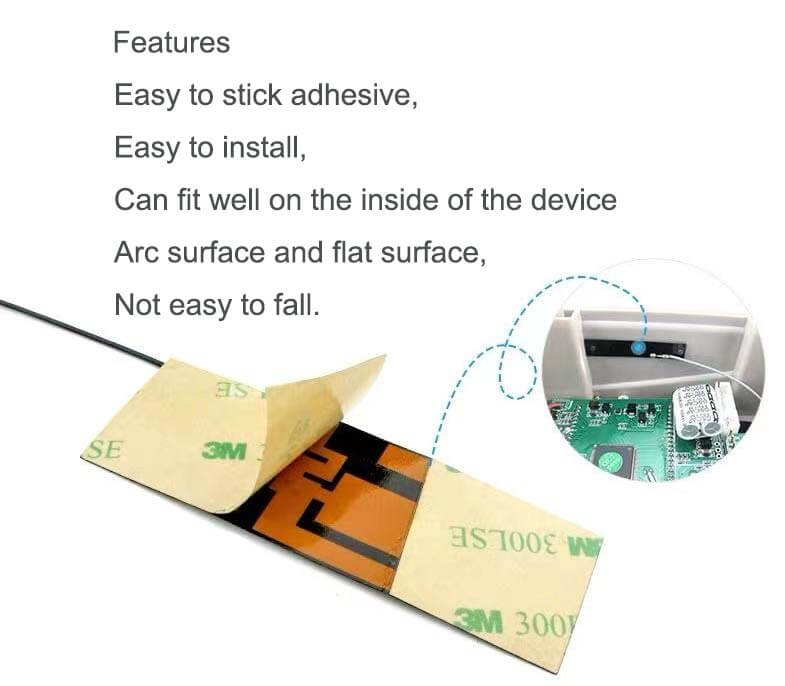
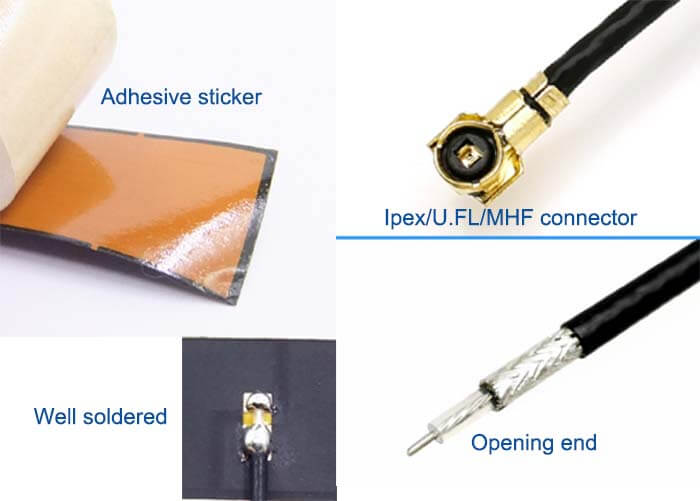
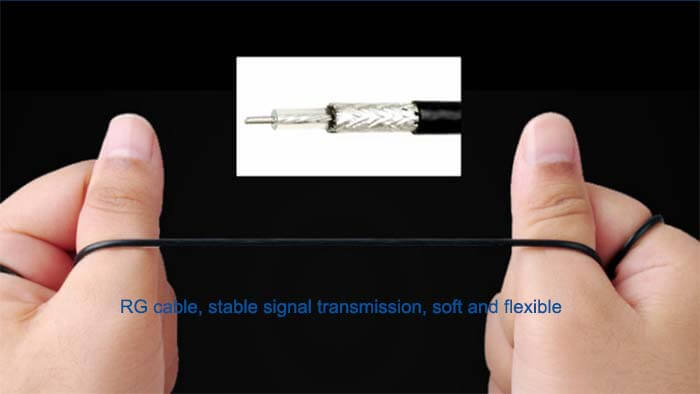
High-performance RF Antenna Applications


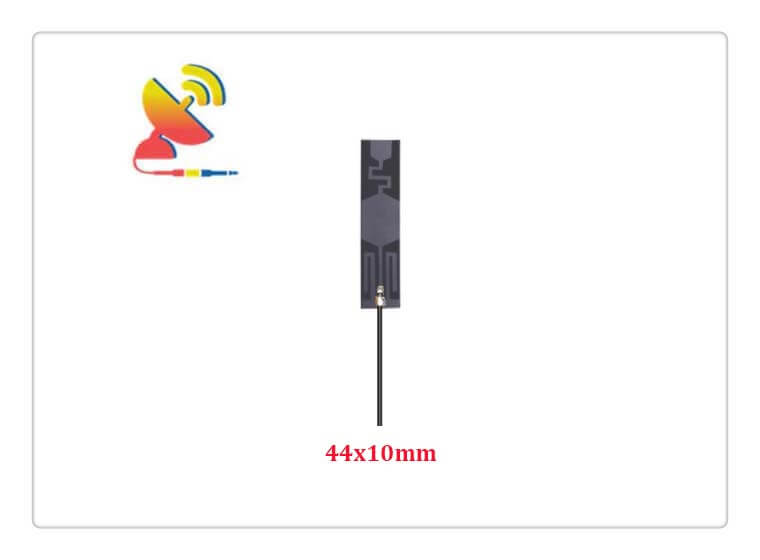
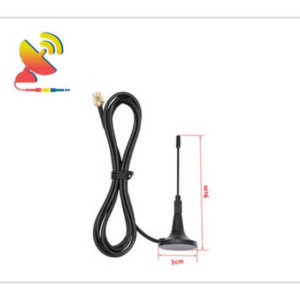
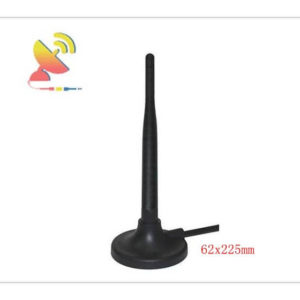
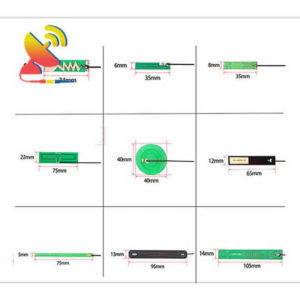
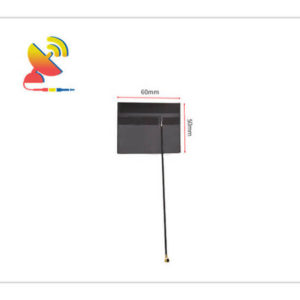
Reviews
There are no reviews yet.